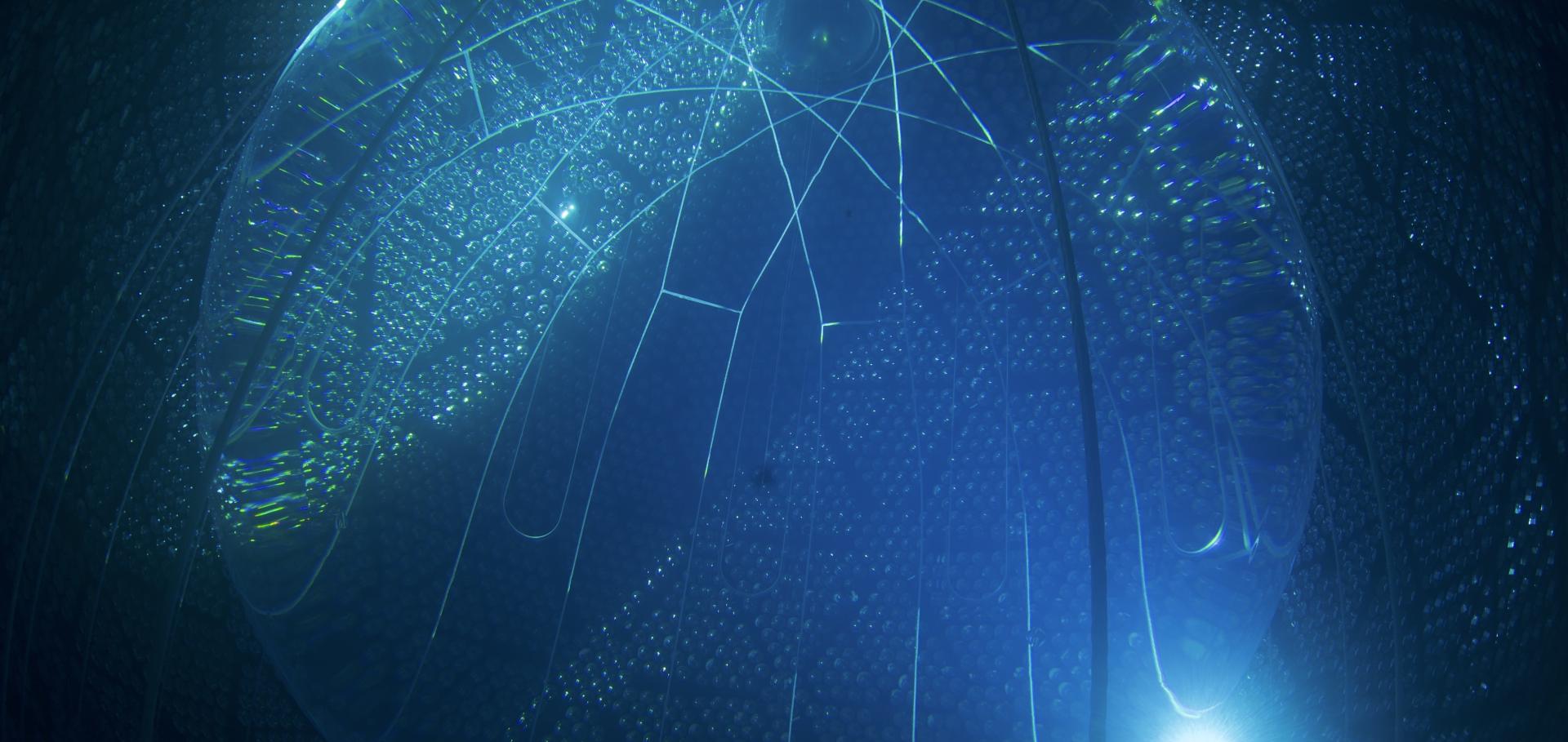Measurement of the production cross section of jets in association with a Z boson in pp collisions at √s=7 TeV with the ATLAS detector
Journal of High Energy Physics 2013:7 (2013)
Abstract:
Measurements of the production of jets of particles in association with a Z boson in pp collisions at √s=7 TeV are presented, using data corresponding to an integrated luminosity of 4.6 fb-1 collected by the ATLAS experiment at the Large Hadron Collider. Inclusive and differential jet cross sections in Z events, with Z decaying into electron or muon pairs, are measured for jets with transverse momentum p T > 30 GeV and rapidity |y| < 4.4. The results are compared to next-to-leading-order perturbative QCD calculations, and to predictions from different Monte Carlo generators based on leading-order and next-to-leading-order matrix elements supplemented by parton showers. [Figure not available: see fulltext.] © 2013 CERN for the benefit of the ATLAS collaboration.Search for charged Higgs bosons through the violation of lepton universality in tt events using pp collision data at √S=7 TeV with the ATLAS experiment
Journal of High Energy Physics 2013:3 (2013)
Abstract:
In several extensions of the Standard Model, the top quark can decay into a bottom quark and a light charged Higgs boson H +, t → bH +, in addition to the Standard Model decay t → bW. Since W bosons decay to the three lepton generations equally, while H + maypredominantlydecayinto τν, charged Higgs bosons can be searched for using the violation of lepton universality in top quark decays. The analysis in this paper is based on 4.6 fb-1 of proton-proton collision data at √s=7 TeV collected by the ATLAS experiment at the Large Hadron Collider. Signatures containing leptons (e or μ) and/or a hadronically decaying τ (τ had) are used. Event yield ratios between e + τ had and e + μ, as well as between μ + τ had andμ + e, final states are measured in the data and compared to predictions from simulations. This ratio-based method reduces the impact of systematic uncertainties in the analysis. No significant deviation from the Standard Model predictions is observed. With the assumption that the branching fraction ℬ (H + → τν) is 100%, upper limits in the range 3.2%-4.4% can be placed on the branching fraction ℬ (t → bH +) for charged Higgs boson masses m H+ in the range 90-140 GeV. After combination with results from a search for charged Higgs bosons in t\overline{t} decays using the τ had + jets final state, upper limits on ℬ (t → bH +) can be set in the range 0.8%-3.4%, for m H+ in the range 90-160 GeV.[Figure not available: see fulltext.] © 2013 Cern for the benefit of the ATLAS collaboration.Search for charginos nearly mass degenerate with the lightest neutralino based on a disappearing-track signature in pp collisions at √(s) = 8 TeV with the ATLAS detector
Physical Review D - Particles, Fields, Gravitation and Cosmology 88:11 (2013) 112006-1-112006-23
Abstract:
A search is presented for direct chargino production based on a disappearing-track signature using 20:3 fb-1 of proton-proton collisions at √s = 8 TeV collected with the ATLAS experiment at the LHC. In anomaly-mediated supersymmetry breaking (AMSB) models, the lightest chargino is nearly mass degenerate with the lightest neutralino and its lifetime is long enough to be detected in the tracking detectors by identifying decays that result in tracks with no associated hits in the outer region of the tracking system. Some models with supersymmetry also predict charginos with a significant lifetime. This analysis attains sensitivity for charginos with a lifetime between 0.1 and 10 ns, and significantly surpasses the reach of the LEP experiments. No significant excess above the background expectation is observed for candidate tracks with large transverse momentum, and constraints on chargino properties are obtained. In the AMSB scenarios, a chargino mass below 270 GeV is excluded at 95% confidence level.Search for direct slepton and gaugino production in final states with two leptons and missing transverse momentum with the ATLAS detector in pp collisions at √s = 7 TeV
Physics Letters, Section B: Nuclear, Elementary Particle and High-Energy Physics 718:3 (2013) 879-901
Abstract:
A search for the electroweak pair production of charged sleptons and weak gauginos decaying into final states with two leptons is performed using 4.7 fb-1of proton-proton collision data at √s = 7 TeV recorded with the ATLAS experiment at the Large Hadron Collider. No significant excesses are observed with respect to the prediction from Standard Model processes. In the scenario of direct slepton production, if the sleptons decay directly into the lightest neutralino, left-handed slepton masses between 85 and 195 GeV are excluded at 95% confidence level for a 20 GeV neutralino. Chargino masses between 110 and 340 GeV are excluded in the scenario of direct production of wino-like chargino pairs decaying into the lightest neutralino via an intermediate on-shell charged slepton for a 10 GeV neutralino. The results are also interpreted in the framework of the phenomenological minimal supersymmetric Standard Model.Search for long-lived stopped R-hadrons decaying out of time with pp collisions using the ATLAS detector
Physical Review D - Particles, Fields, Gravitation and Cosmology 88:11 (2013) 112003-1-112003-30


